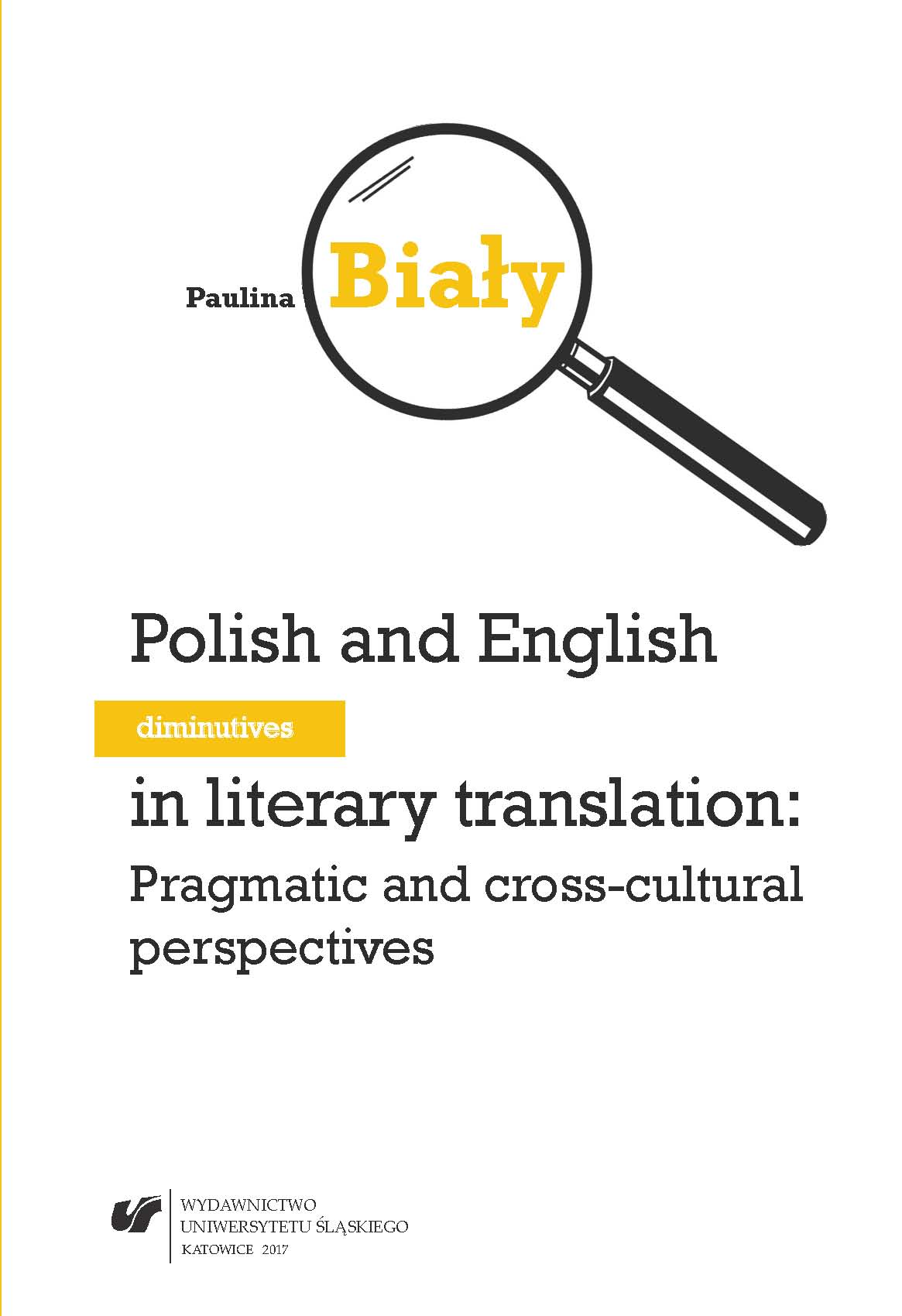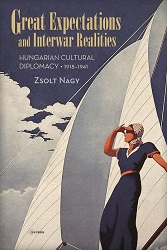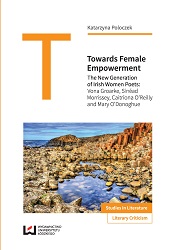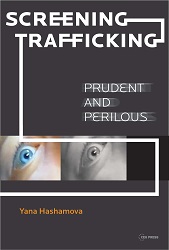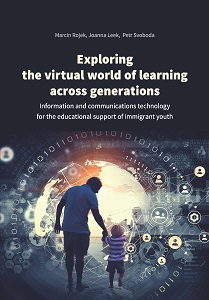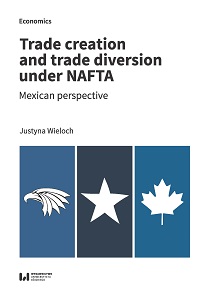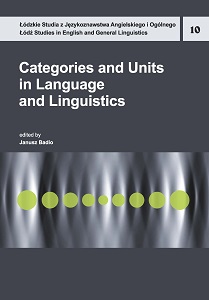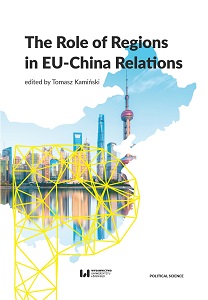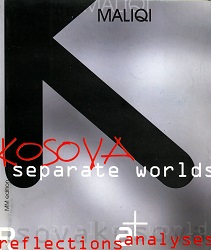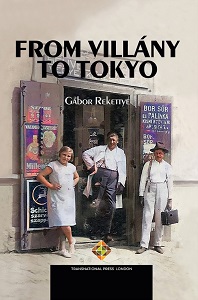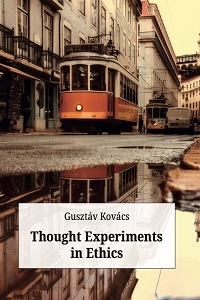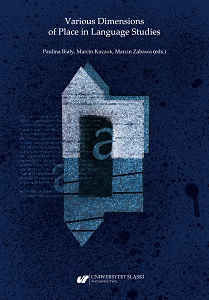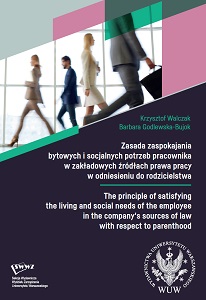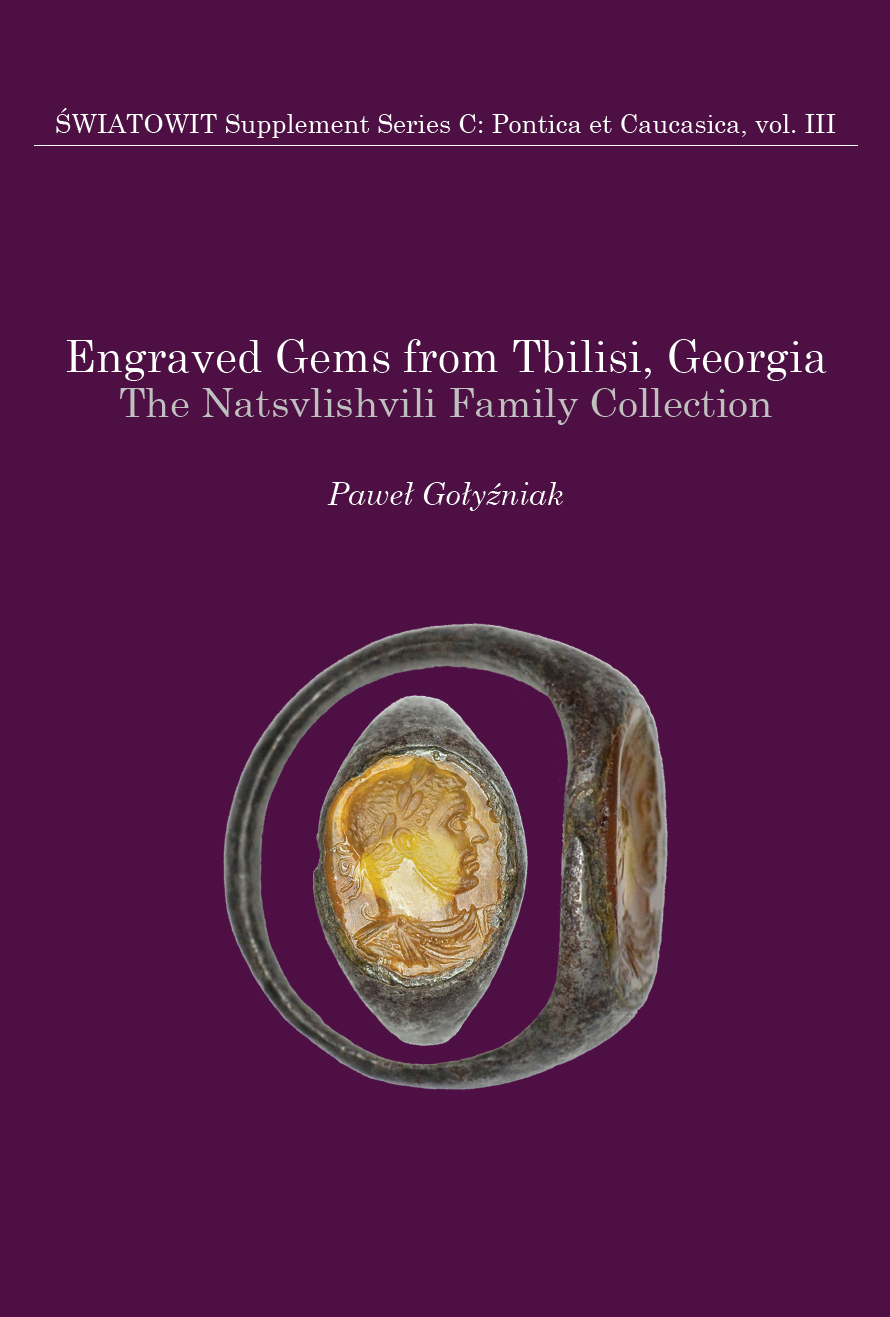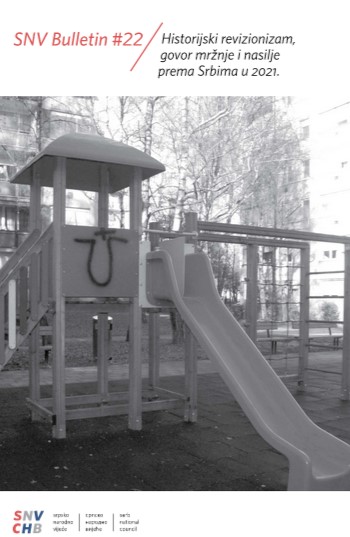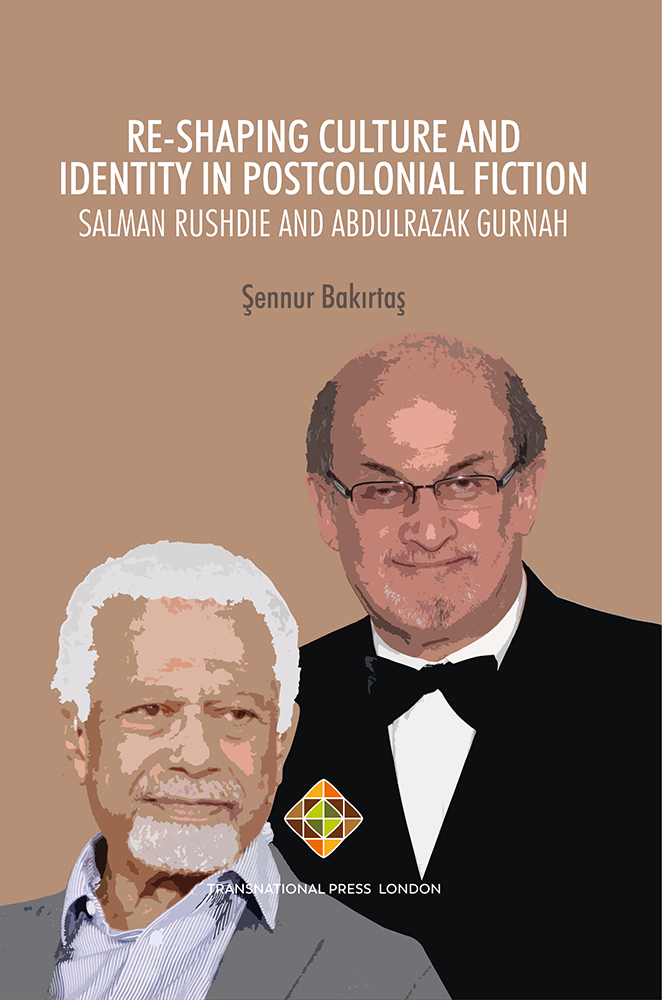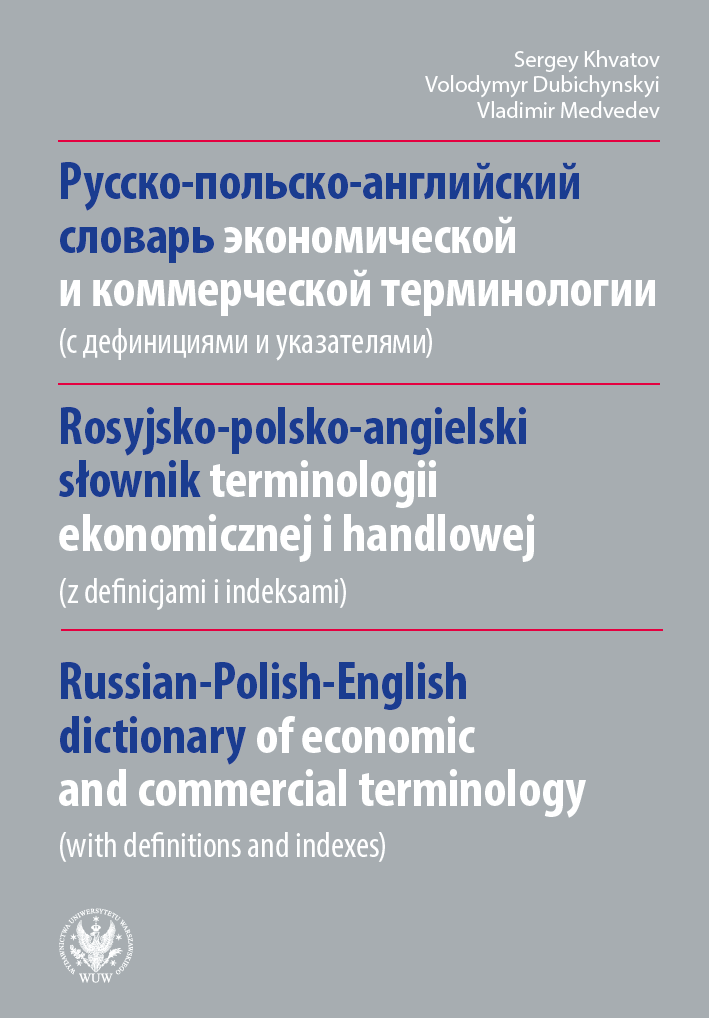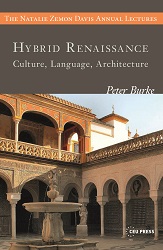
Hybrid Renaissance. Culture, Language, Architecture
Hybrid Renaissance. Culture, Language, Architecture
Keywords: Renaissance; Italy; Cultural fusion; Court and courtiers; Cities and towns; 5. Borderlands; Civilization—1268–1559; Cultural fusion
The movement we know as the Renaissance used to be regarded as the replacement of one system of ideas and literary and visual conventions (the “Gothic”) with another system (the “Classical”). However, it has become increasingly obvious that Gothic and Classical coexisted for a long time, and also that they interacted, producing hybrid forms not only of thought, art, literature and especially architecture, but also of language, literature, music, philosophy, law and religion. As the Renaissance movement spread outside Italy, to other parts of Europe and also beyond, from Goa to Quito, different local traditions made their contribution to the mix. Given the interest in cultural hybridity long shown by Natalie Davis, this theme allows Burke to pay homage to the work of Davis as well as to explore what was for long a neglected theme in Renaissance studies.
More...
